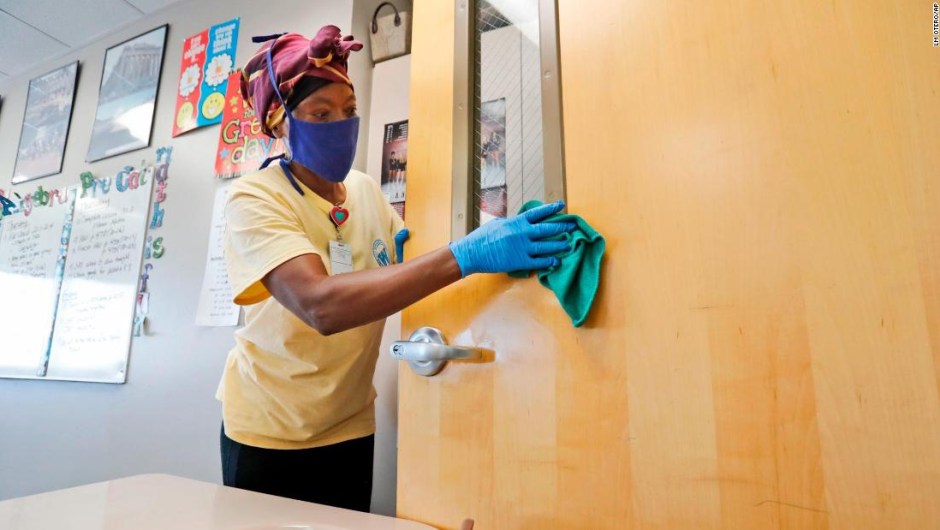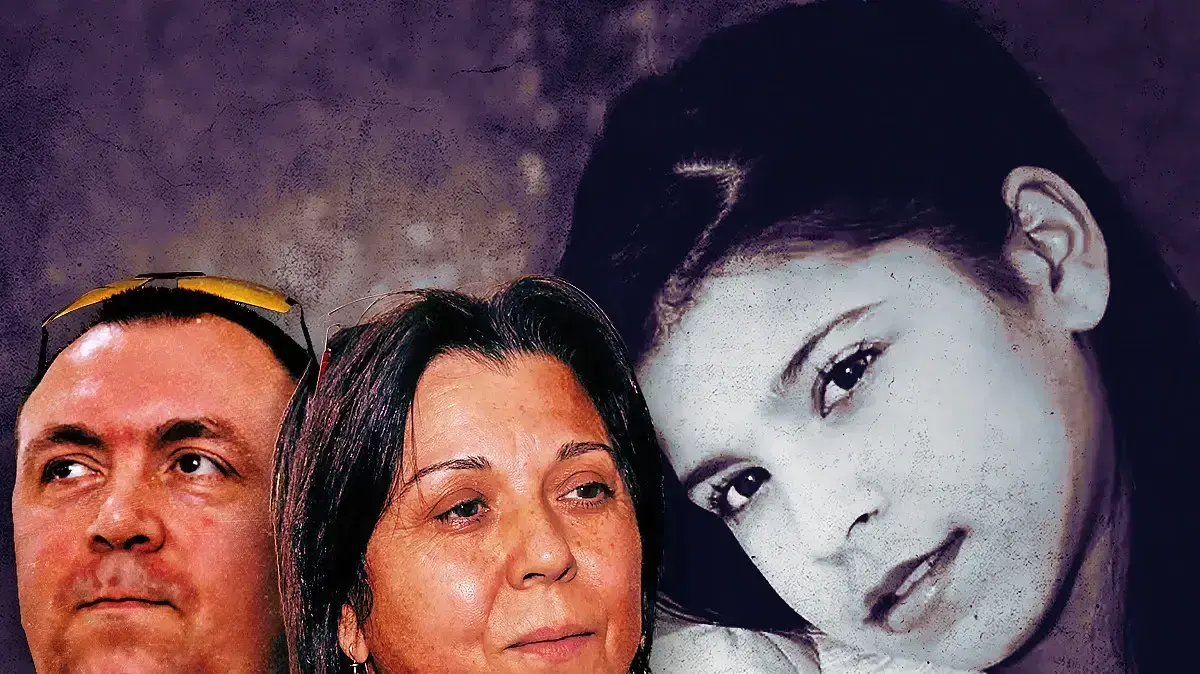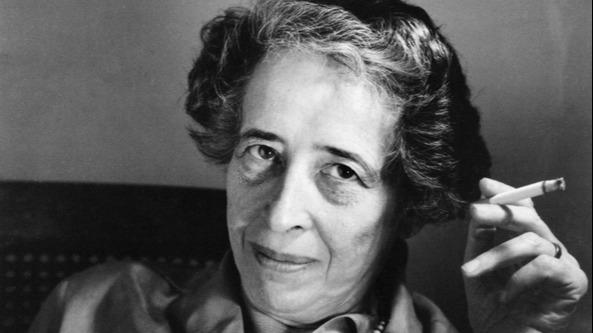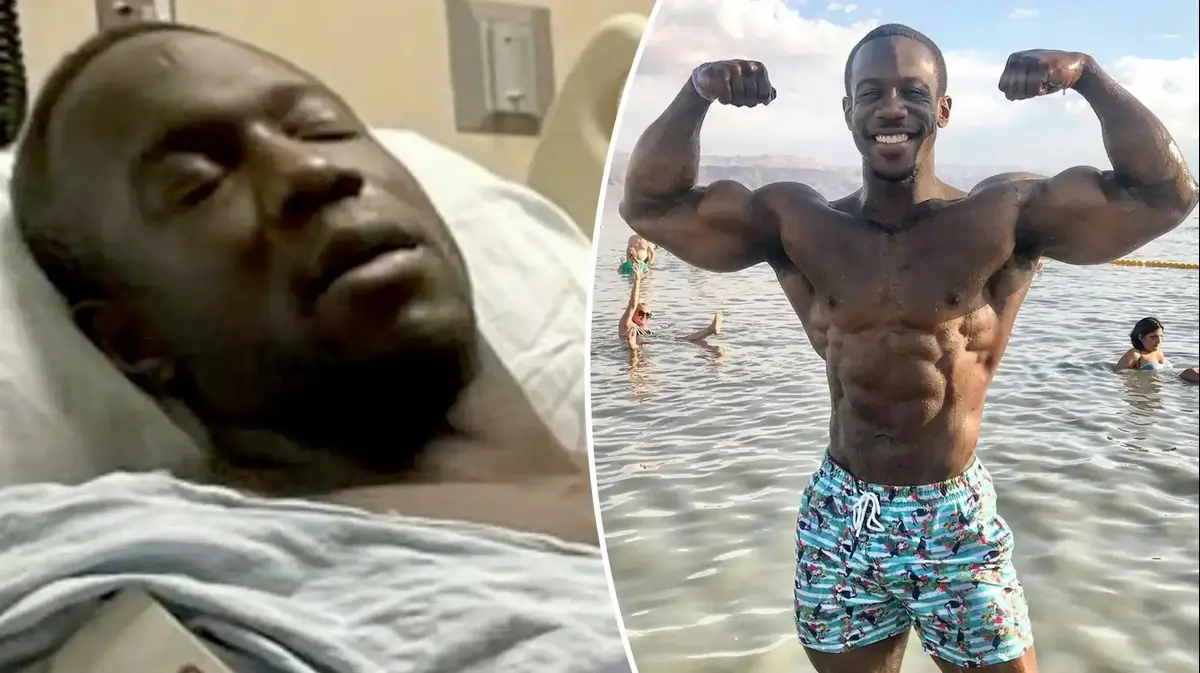Editor's Note: Barbara Kantrowitz is Senior Editor of The Hechinger Report, an independent, nonprofit news organization focused on inequality and innovation in education. The opinions expressed in this column are those of the author. See more opinion at cnne.com/Opinion
(CNN) - In the coming weeks, America's public schools will embark on a grand experiment, balancing the safety of 51 million students with their academic, social and emotional needs. The coronavirus pandemic forced schools across the country to switch to remote learning this spring. Now, authorities and politicians have to figure out how to reopen this fall with the virus still in full swing. The result could topple the already fragile ecosystem of schools in this country and devastate public education for years.
In New York City, once the epicenter of the pandemic, parents must decide by Aug. 7 whether to accept a reopening plan that combines in-person instruction with online classes or to opt out of the full-time remote learning. Although the city's infection rate is currently low, the choice remains harrowing given the possibility of a second wave. While other big cities like Los Angeles and Chicago are starting the school year remotely, New York, the nation's largest school district with 1.1 million students, could set the standard for schools where the virus is under control.
Within days of the new school year in many places, parents and educators are realizing that there are no good options. Face-to-face classes raise safety concerns, given the unrealistic expectation that children will wear masks and remain six feet apart during the school day. Paying for the staff and equipment needed to keep the virus at bay is also a huge hurdle, especially for cash-strapped districts in low-income communities. A hybrid system is a logistical nightmare, while remote learning is sure to leave the most vulnerable students behind.
It is difficult to imagine what a safe classroom education would look like now. In Indiana, a student was diagnosed with COVID-19 on the first day of school late last month, and authorities ordered those who had been in close contact with him to self-quarantine for 14 days.
- LOOK: Florida Governor Ron DeSantis says that parents should have the option of sending their children to schools
Authorities must make difficult decisions without clear scientific evidence about how children can spread the disease. Those against masks rebel against even the simplest of guidelines, while teachers and other staff say they won't go to work if schools aren't safe. About 28% of public school teachers are over the age of 50, making them especially vulnerable to the virus. Many say they would rather retire than risk their health, which would further deplete the faculty and make it even more difficult to maintain social distancing with small classes.
When the pandemic began, districts across the country, especially those in low-income areas, were still recovering from the economic losses suffered during the 2008 recession, when nearly 300,000 teachers and school personnel were laid off.
Now officials must figure out how to manage with fewer resources as state and local revenues shrink in the face of another economic crisis. Teachers have already been laid off in California, Massachusetts and Michigan and the cost of implementing security measures for an average school district with 3,659 students would be $ 1,778,139, according to an analysis by the International Business School Association and the Association. of School Superintendents.
If there is no in-person education, many parents will be forced to forgo their paychecks to stay home and care for their children, reducing family income during an already financially precarious time. Students who depend on schools to provide free, reduced-price meals could go hungry if face-to-face classes are eliminated. More than half of the American public students were destined for these meals during the last school year. Although many districts tried to continue feeding needy students this spring, demand is sure to grow as unemployment rises.
This could be a watershed year in the history of American public education. The already widening gap between rich and poor threatens to become an insurmountable chasm, as wealthy parents pay for alternatives as private guardians, while lower-income families struggle to survive.
- LOOK: OPINION | If baseball can't be safe, how can schools be?
This summer, John King, director of the nonprofit Education Trust and a former U.S. Secretary of Education, urged Congress to allocate at least $ 175 billion for education in order to avoid layoffs and pay for education measures. security, among other needs. "The coronavirus only intensified inequalities in education, employment, health care and other areas that already disproportionately impact black people and low-income families," King said.
There is no precedent in modern American history for the potential catastrophe of widespread school closings for a year or more. Although most American schools closed during the great flu of 1918, teachers welcomed students back to classrooms after just a few months, while schools in New York, Chicago, and New Haven remained open. Schools in those cities implemented rigorous public health measures, conducting frequent physical exams and placing nurses in most schools, innovations that later became more common across much of the country. The most recent epidemics, like the H1N1 virus in 2009, also led to school closings but only for a few weeks.
During Hurricane Katrina in August 2005, hundreds of thousands of children were displaced. In New Orleans alone, the storm destroyed 110 of 126 public schools. Some families were relocated to other states, but many children were without regular classes for a year or more. When they finally returned to school, they were an average of two years late, requiring years of make-up instruction.
The pandemic appears to be intensifying the long-standing threat to the future of universal public education. Proponents of school privatization see the closure as an opportunity to make progress; If public schools don't open, the argument continues, parents should be able to take taxpayer money elsewhere. President Donald Trump threatened to do just that, withdrawing public funds from schools that do not offer face-to-face learning and giving the money directly to parents. It's unclear how it would work, but for-profit distance learning companies are already growing their business.
Private and parochial schools, which currently educate about 10% of students, could also benefit if parents who can afford it are drawn to smaller class sizes and better facilities. They already have the support of Secretary of Education Betsy DeVos, a longtime advocate for school choice and privatization, who called public schools a "dead end."
Parents are understandably anxious at this point. They weathered the shock of sudden closings in March and the hope of returning to normal this fall has kept many afloat for the past five months. In early summer, some districts signaled a return to face-to-face learning based on low infection rates in their communities, only to backtrack under state guidance as cases increased. Now more and more districts say they will start remotely, hoping students will slowly return by October or November. But that timeline seems overly optimistic. If the virus is still rampant in the fall and winter, schools will not be safer. Hearing conflicting announcements from school officials and political leaders is confusing and undermines the credibility of the people who should have more authority during this crisis.
- MORE: "Zero is the number of students that I am willing to die," says teacher before a debate over the opening of schools
Universal schooling is a bulwark of functional democracies; without it, we could be more like developing countries, where education is reserved for families who can afford it. Before the pandemic occurred, Americans generally expressed faith in their public schools. A February 2020 poll by the National School Boards Action Center found that the majority of voters had a favorable opinion of their local schools and teachers and were committed to investing in schools even if it meant tax increases.
Next school year will test that reserve of goodwill in every way possible. What will happen if the virus exceeds all attempts to contain it? What will happen to students if traditional schools close for another year? What will be left to save? Parents, students, and teachers are looking for answers. At the moment, there are none.
Schools















